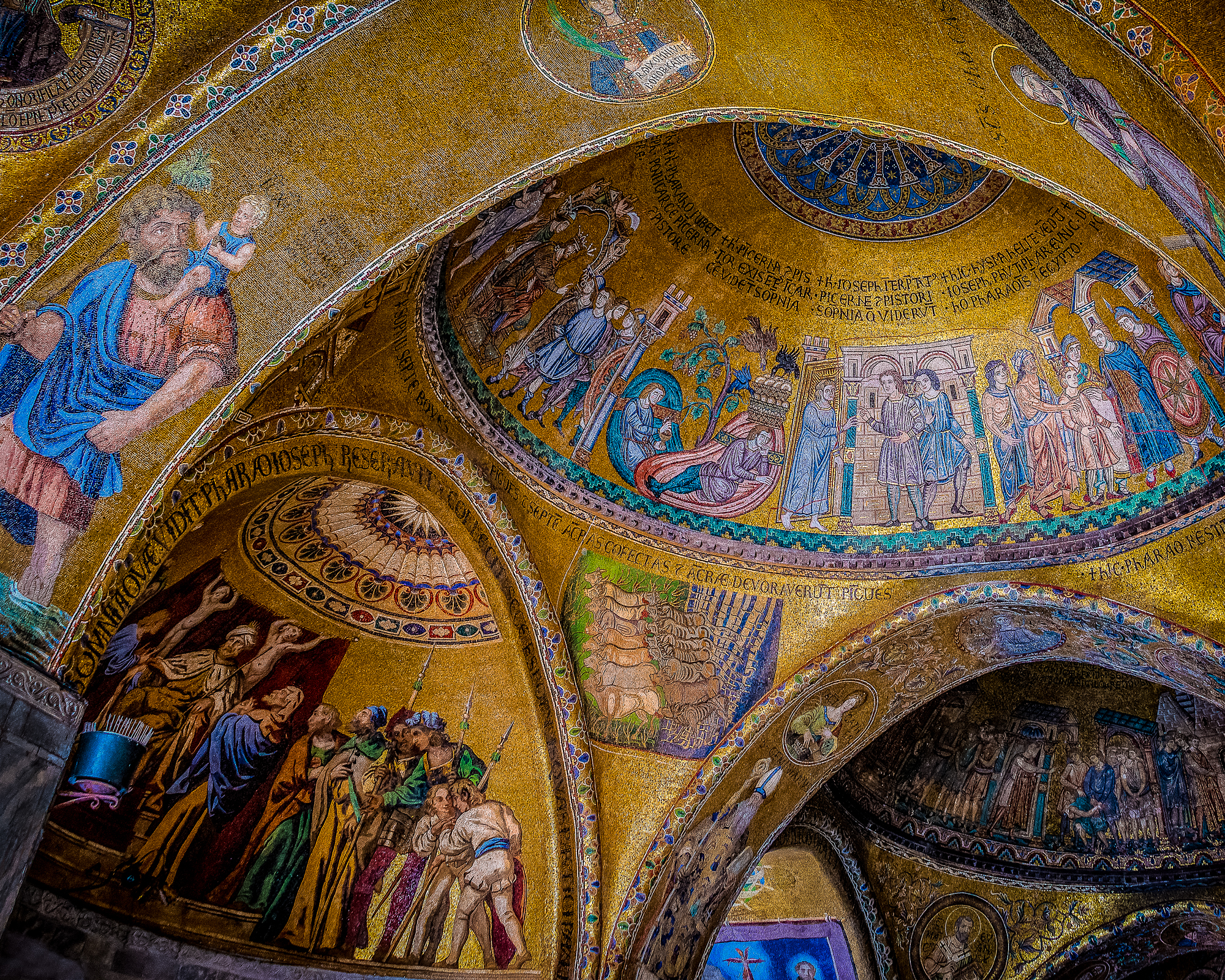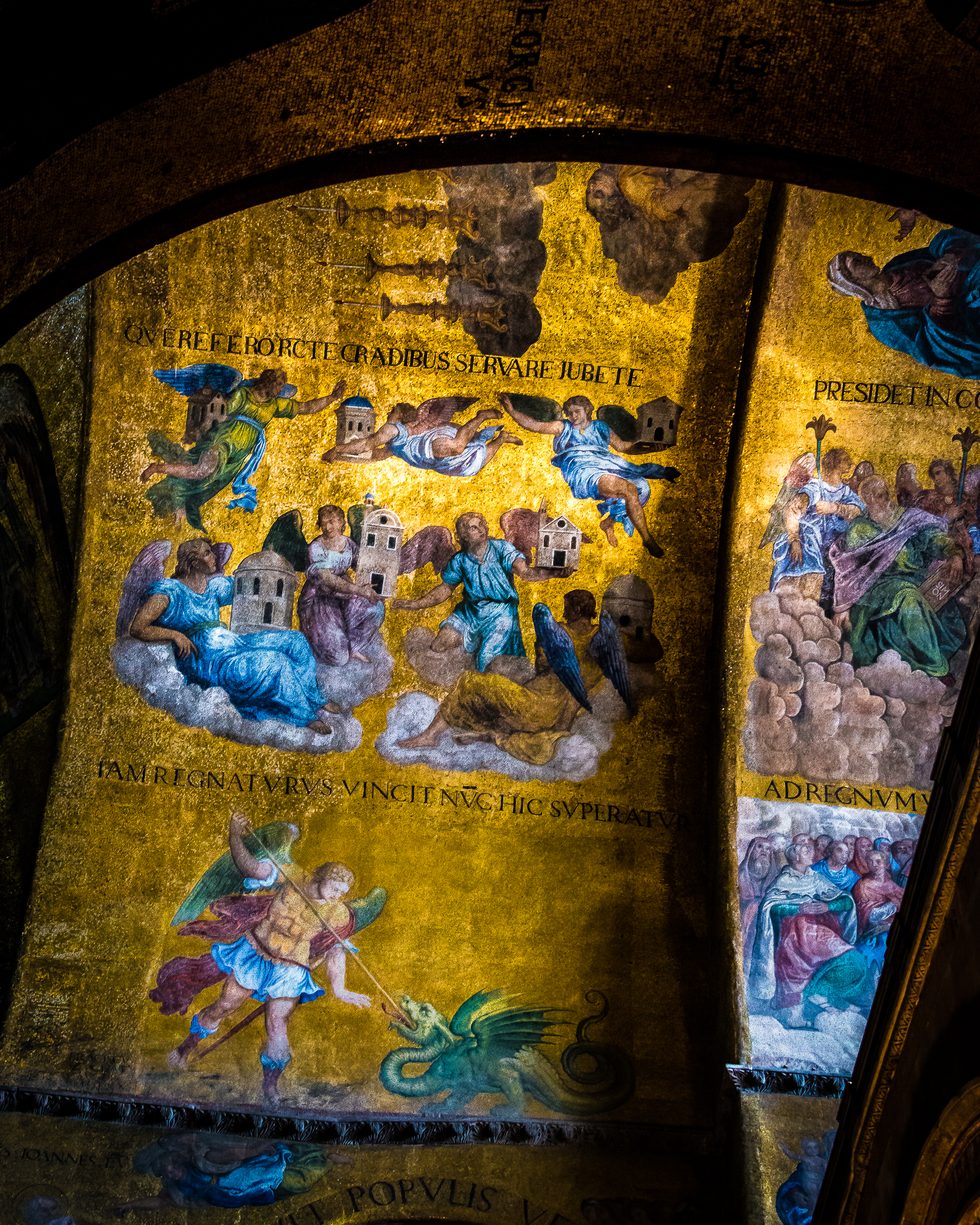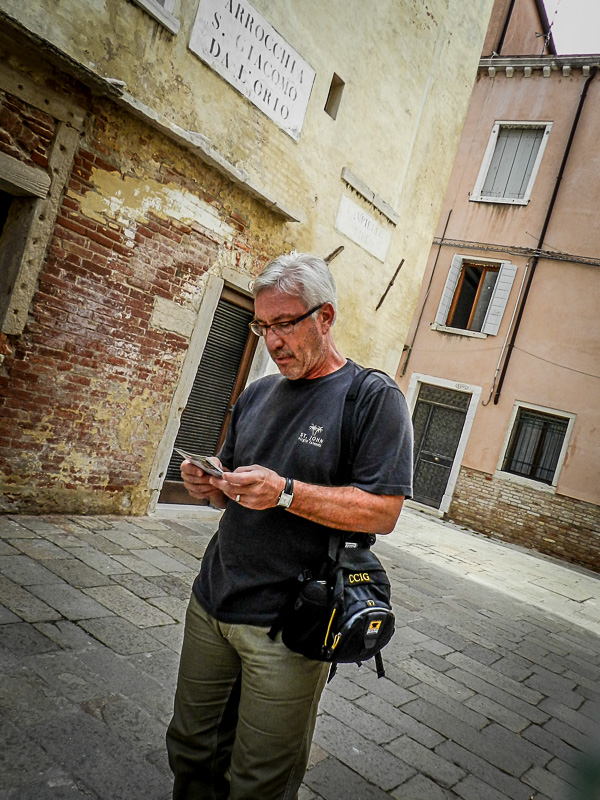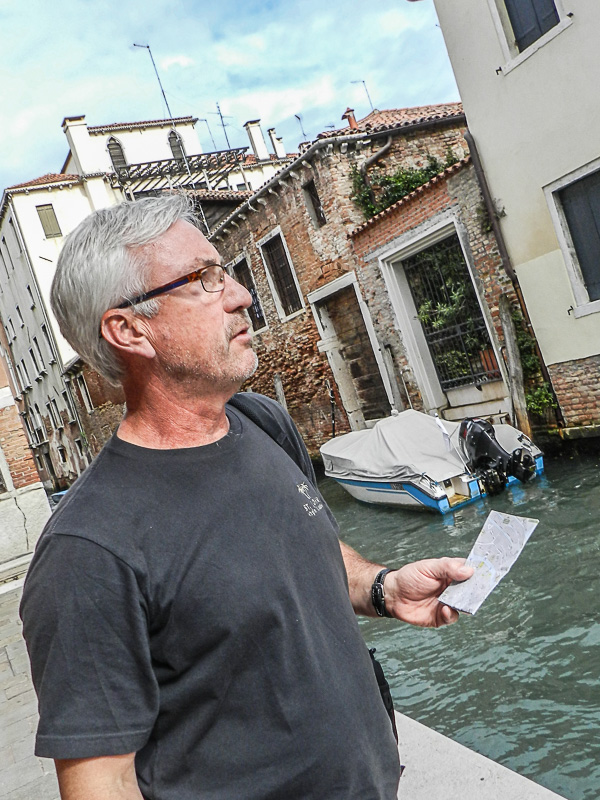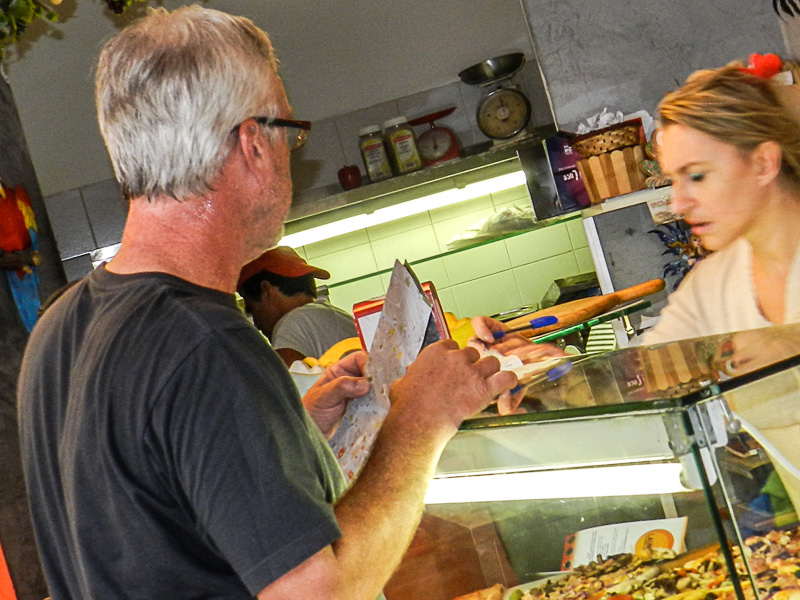Today I want to tell you about a beautiful and important Tuscan castle in Italy -- Castello Brolio. What makes this castle so important? Well, read on.
The Castle
Here is a photo of Castello Brolio as it sits today in mid-eastern Tuscany.
This still-inhabited castle is owned by the Ricasoli family, who has lived in the castle for almost 900 years. Though the first stones of the Brolio Castle date back to the middle ages, the castle did not pass into the hands of the Ricasoli family until an exchange of lands in 1141.
“Barone Ricasoli winery is the fourth longest-lived company in the world in the same place. Barone Ricasoli is the oldest winery in Italy.”
Castello Brolio is on the border between the former city-states of Sienna and Florence and has been the stage for numerous disputes, with the heavy-weight Florentine city-state duking it out against fearsome Sienna. In the photo below, taken from the ramparts of the castle, you can see Sienna in the distance to the right of the photo. [This photo has been made into a tile backsplash which sits behind our kitchen range]
View from the ramparts of Castello Brolio looking toward Sienna at top right
Battle-scarred brickwork of Castello Brolio
Being a castle, one would expect it to be attacked, right? And it has been, as through the centuries the castle has suffered attack and destruction in numerous historical battles; from Aragonese and Spanish attacks during the 15th century, disputes in the 17th century, to bombings and artillery attacks during the Second World War. Evidence of attack can still be seen today, as in this photo.
Here are a few more photos of this well-built castle. As always, click on an image to see a larger view.
And the expansive views from the Castello Brolio are magnificent.
Panorama from the ramparts of Castello Brolio
My wife as she sketches a beautiful contryside
An on-site villa for rent
The Baron
Here is photo of Baron Bettino Ricasoli.
Baron Bettino Ricasoli
What he lacked in looks he made up for in money. At 3,000 acres, the Ricasoli vineyards are the largest in the Chianti Classico area. Because of his integrity and austerity, he was known as 'The Iron Baron'.
This elaborate family tree, reproduced in a print dated 1584, is also one of the first paintings depicting the Chianti area.
The Baron as the Creator of Chianti
Besides being the second and then seventh Prime Minister of Italy, Baron Bettino Ricasoli was a far-sighted wine entrepreneur. As a matter of fact, it was the Baron who created the age-old formula for Chianti wine. After more than thirty years of research and experiments, he divulged his formula in a letter in 1872, where he wrote,
“...I verified the results of the early experiments, that is, that the wine receives most of its aroma from the Sangioveto [today’s Sangiovese] (which is my particular aim) as well as a certain vigour in taste; the Canajuolo gives it a sweetness which tempers the harshness of the former without taking away any of its aroma, though it has an aroma all of its own; the Malvagia, which could probably be omitted for wines for laying down, tends to dilute the wine made from the first two grapes, but increases the taste and makes the wine lighter and more readily suitable for daily consumption…”
You've probably seen wine labels with the designation "Chianti Classico". The geographical location of Castello Brolio puts it in the Chianti Classico region. And note that the 'Classico' extension does not designate more quality per se, but means that it is produced within the classic region of the official Chianti region. If the Chianti region were a donut, Chianti Classico would be the donut hole.
Here you see the neck of a bottle of Barone Ricasoli's Rocca Guicciarda Chianti Classico Riserva (And how do I know that's what wine this is? Because I drank it!).
This seal with the black rooster is your guarantee that you will be drinking Chianti Classico. It is also a DOCG wine, which stands for 'Denominazione di Origine Controllata e Garantita' and is your guarantee that the wine meets the government's control standards for Chianti Classico.
Since 1993, Baron Francesco Ricasoli, 32nd Baron of Brolio and Bettino's great-grandson, has taken the hundreds of years of wine experimentation and experience into the plantings of new varietals and newly created wines.
Our Favorite Barone Ricasoli Wine?
How many times have you been at the wine store and seen a pretty label and you turned to your partner and said, "Hey, this wine looks good"?
With our favorite Barone Ricasoli wine, you can have a pretty label and a pretty wonderful wine. Pictured below is the Rocca Guicciarda Chianti Classico Riserva that we consumed at a little restaurant in Radda in Chanti one fall afternoon.
And hey, there are several. yummy Barone Ricasoli wines. You can see all of them on their website.
And if you happen to be in Tuscany, our instant-friend Barbara here can help you put together a selection for shipment back home. The wine shop is located just below the castle.
And, if you join the Friends of Ricasoli Club, you will get discounts and other special offers.
So, I hope you enjoyed a tour of one of Tuscany's classic wineries, it's creator, and the castle that still guards the ancient vineyards there.
Ciao for now,
Steve













